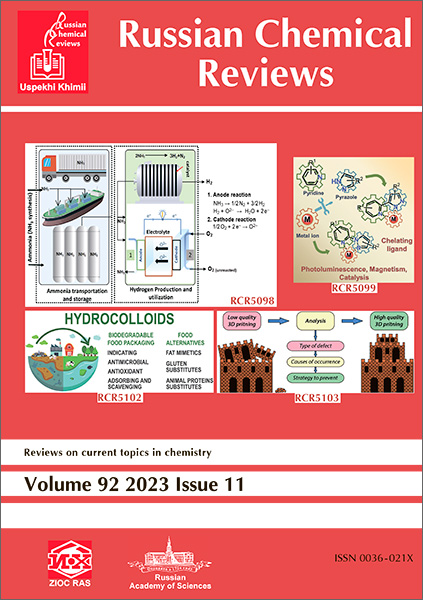|
This article is cited in 17 scientific papers (total in 17 papers)
Progress and prospects in direct ammonia solid oxide fuel cells
A. M. Mehdiab, A. Hussainab, M. Z. Khanc, M. B. Hanifd, R.-H. Songab, W. W. Kazmiab, M. M. Aliab, S. Raufe, Y. Zhangf, M. M. Baigf, D. A. Medvedevgh, M. Motolad
a Korea Institute of Energy Research (KIER), Daejeon, Republic of Korea
b Korea University of Science and Technology (UST), Daejeon, Republic of Korea
c Department of Materials Science and Engineering, Pak-Austria Fachhochschule: Institute of Applied Sciences and Technology, Haripur, Pakistan
d Department of Inorganic Chemistry, Faculty of Natural Sciences, Comenius University Bratislava, Bratislava, Slovakia
e College of Mechatronics and Control Engineering, Shenzhen University, Shenzhen, China
f Institute of Advanced Materials and Flexible Electronics (IAMFE), School of Chemistry and Materials Science, Nanjing University of Information Science and Technology, Nanjing, China
g Institute of High Temperature Electrochemistry of the Ural Branch of the Russian Academy of Sciences, Ekaterinburg, Russian Federation
h Hydrogen Energy Institute, Ural Federal University, Ekaterinburg, Russian Federation
Abstract:
Hydrogen has emerged as a major energy vector in the past few years; however, its storage and long-distance transportation remain the key challenges to its widespread use. Ammonia is considered to be a potential medium for hydrogen carrier and storage. Indeed, ammonia is more energy dense than hydrogen, easier to transport, and allows for a CO2-free alternative fuel that could be used in a variety of power generations system. In this regard, solid oxide fuel cell (SOFC) technology stands out as the most promising one that directly converts ammonia into electricity with high efficiency. As SOFCs operate at high temperatures (>600°C), they do not require additional energy for external reforming and cracking of ammonia. In this paper, we critically review the experimental demonstration, major achievements, progress, and prospects in direct NH3-fueled SOFCs.
Bibliography — 147 references.
Keywords:
hydrogen storage, NH3 fuel, SOFCs, power generation, energy conversion.
Received: 17.08.2023
Citation:
A. M. Mehdi, A. Hussain, M. Z. Khan, M. B. Hanif, R.-H. Song, W. W. Kazmi, M. M. Ali, S. Rauf, Y. Zhang, M. M. Baig, D. A. Medvedev, M. Motola, “Progress and prospects in direct ammonia solid oxide fuel cells”, Usp. Khim., 92:11 (2023), RCR5098; Russian Chem. Reviews, 92:11 (2023), RCR5098
Linking options:
https://www.mathnet.ru/eng/rcr4444https://doi.org/10.59761/RCR5098
|


| Statistics & downloads: |
| Abstract page: | 118 | | References: | 2 |
|



 Contact us:
Contact us: Terms of Use
Terms of Use
 Registration to the website
Registration to the website Logotypes
Logotypes